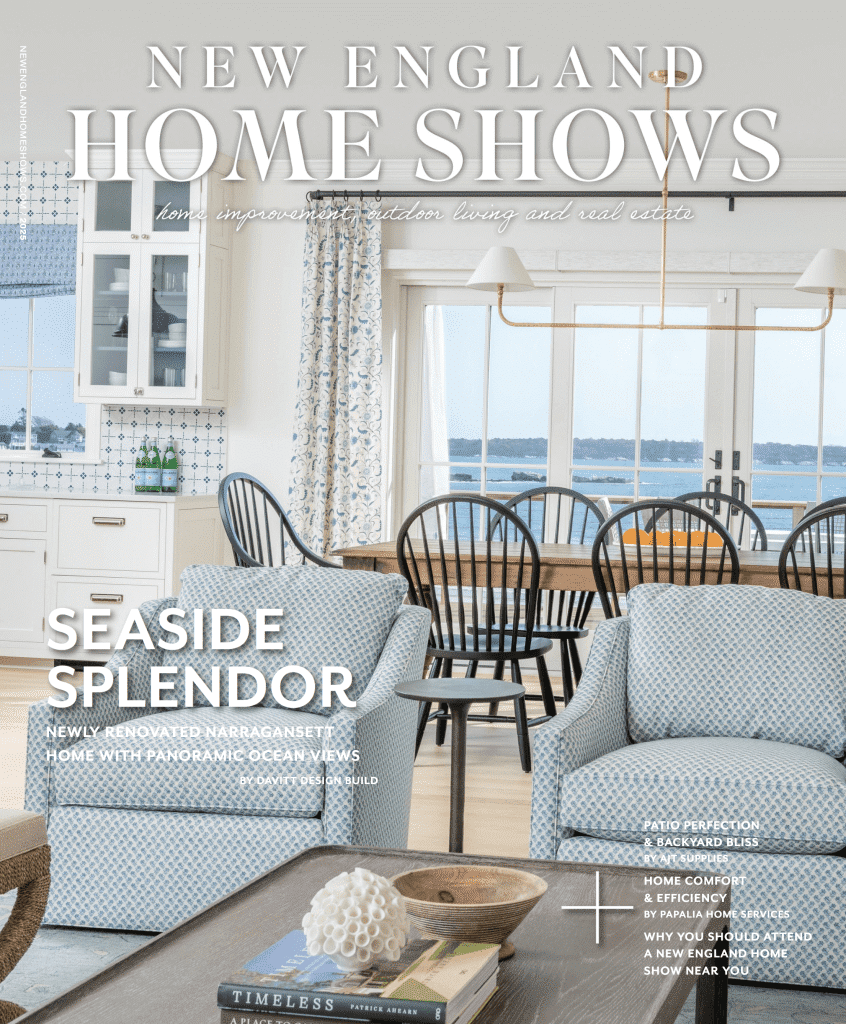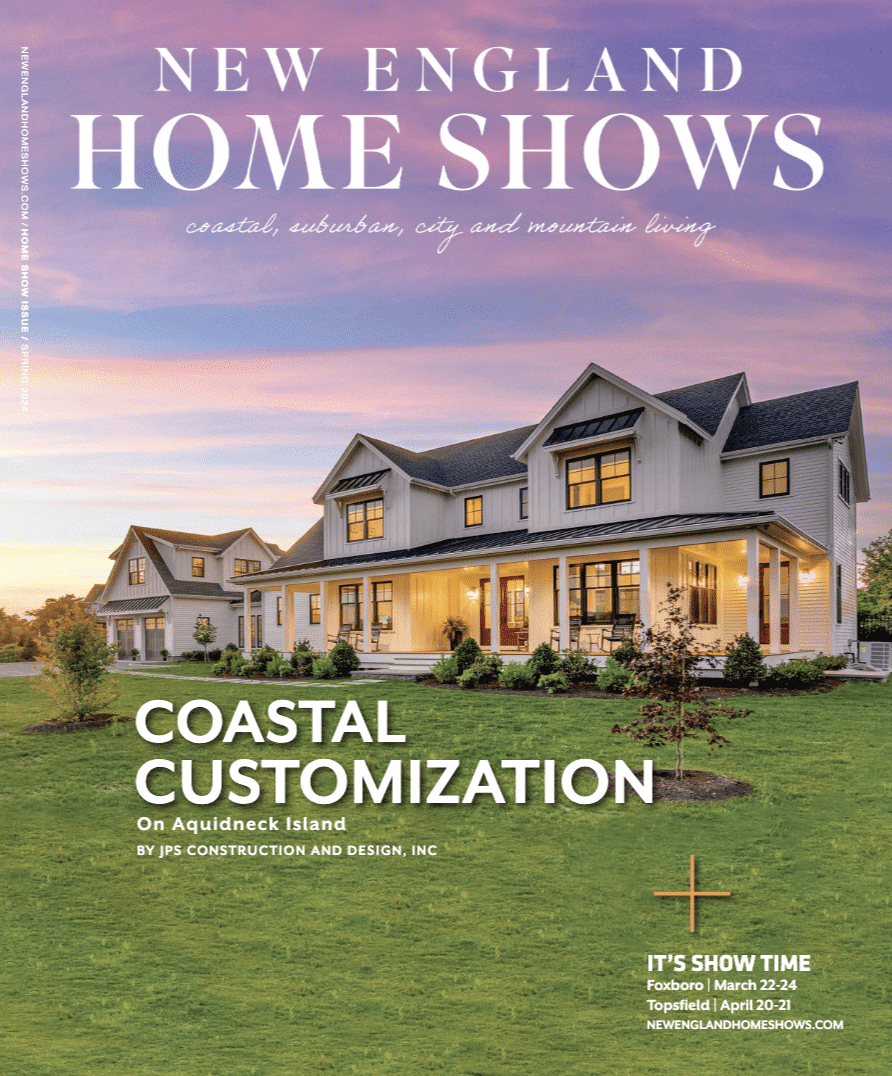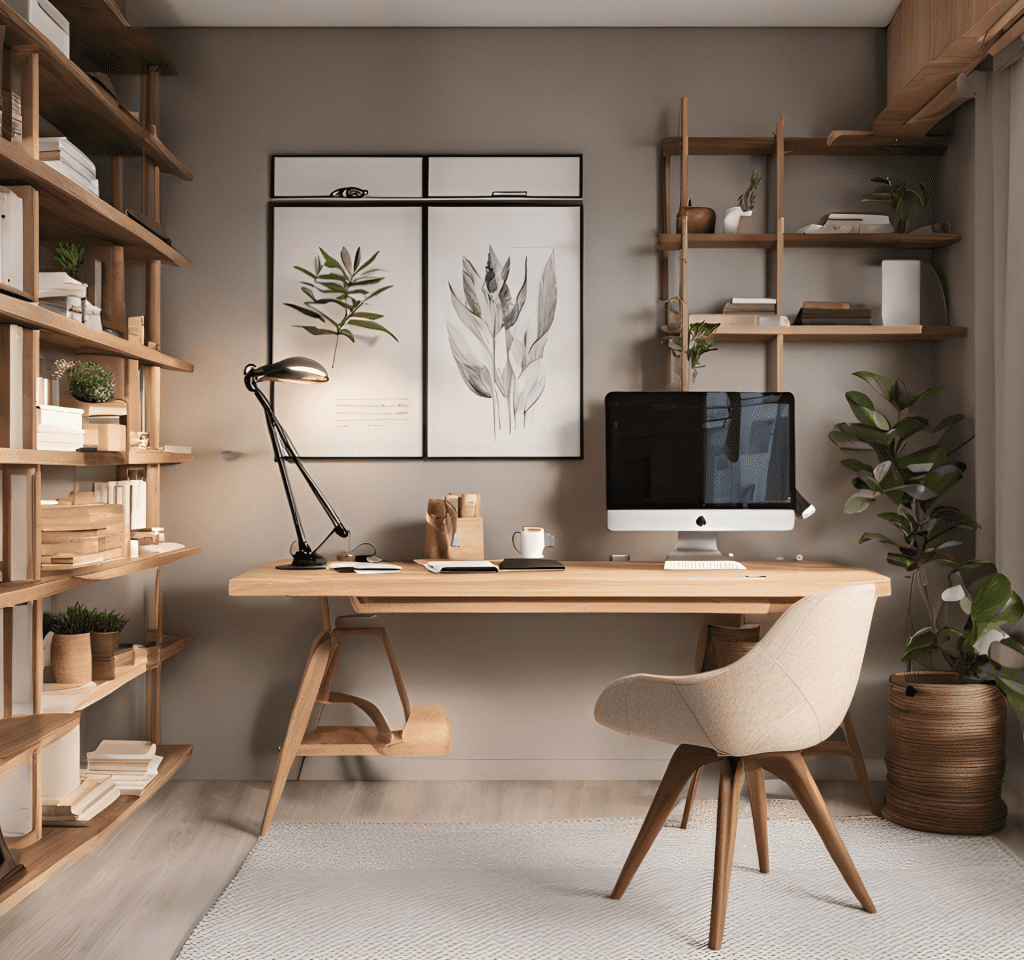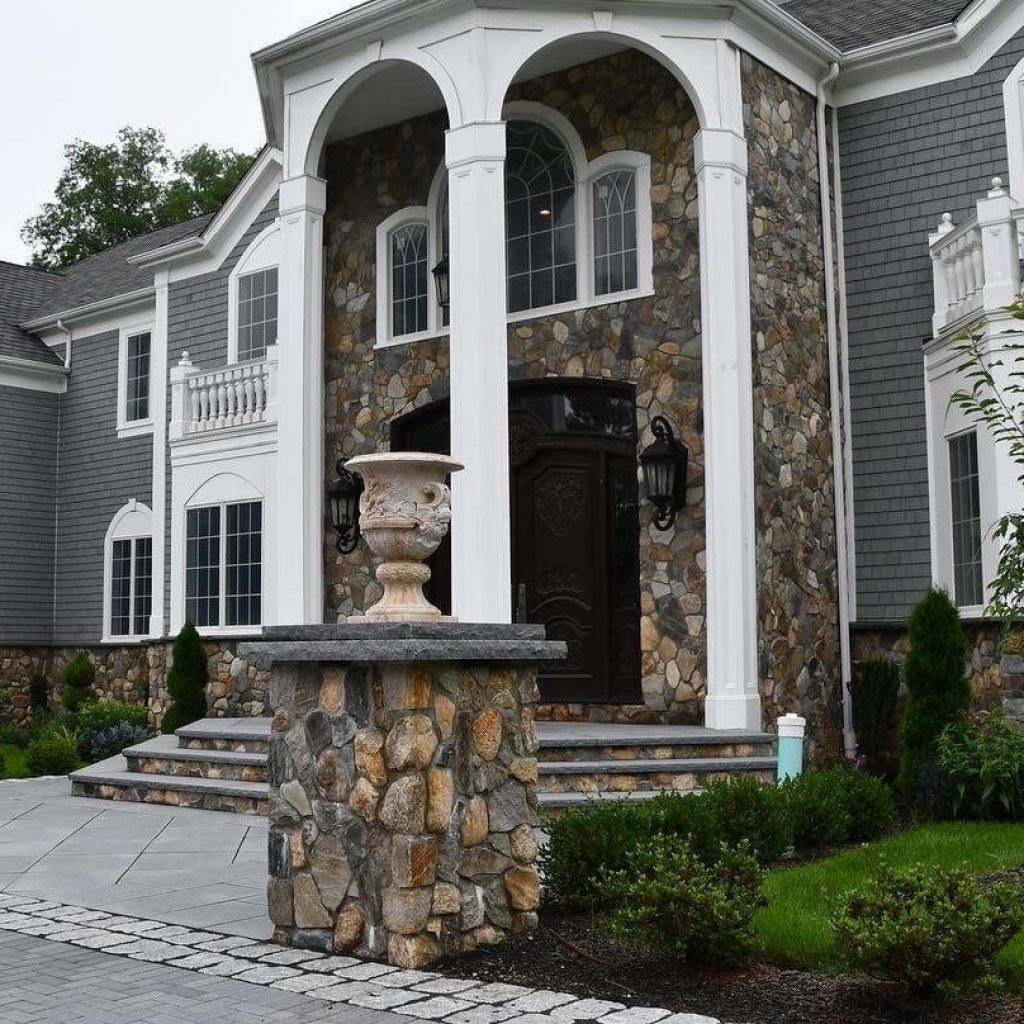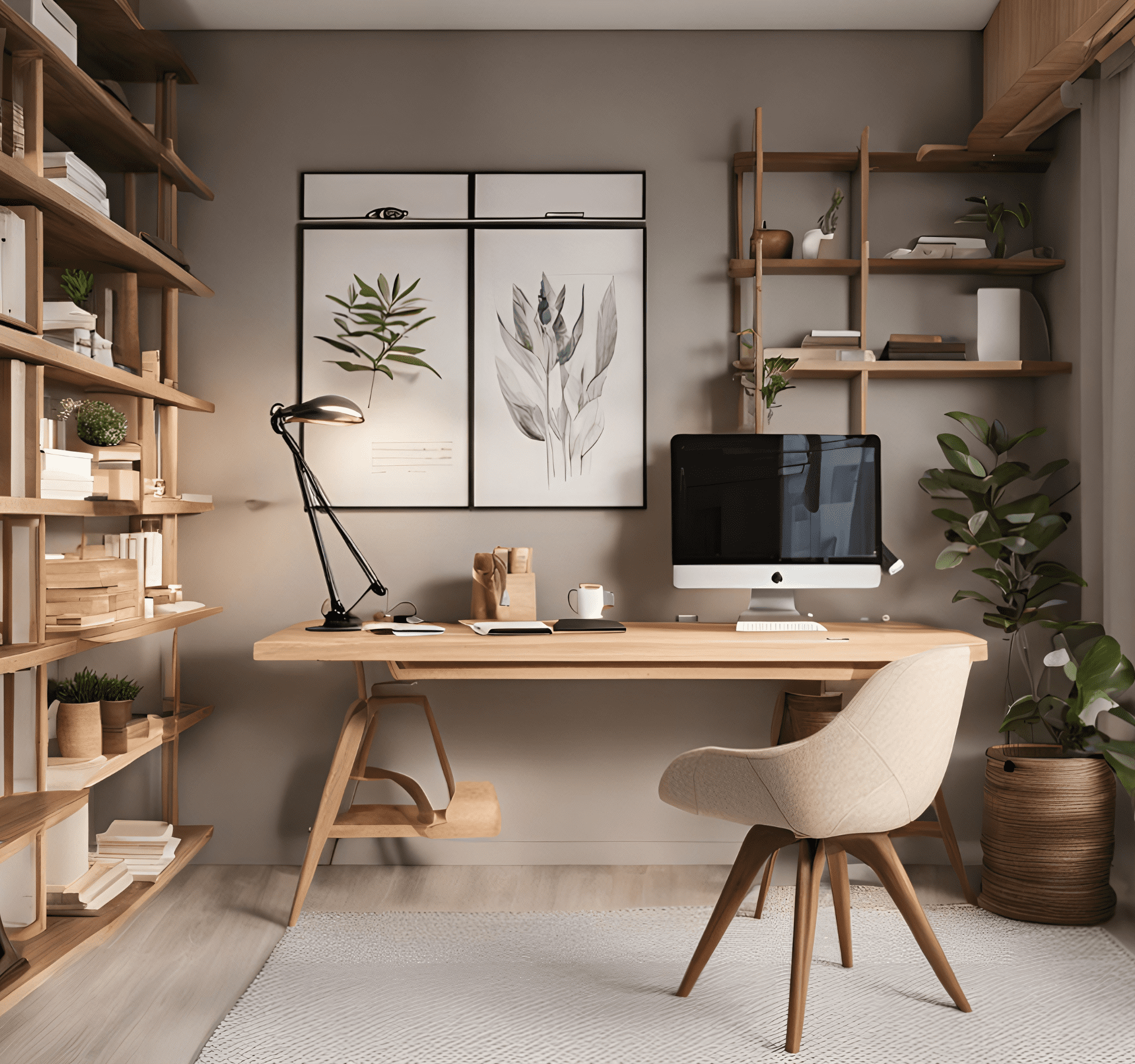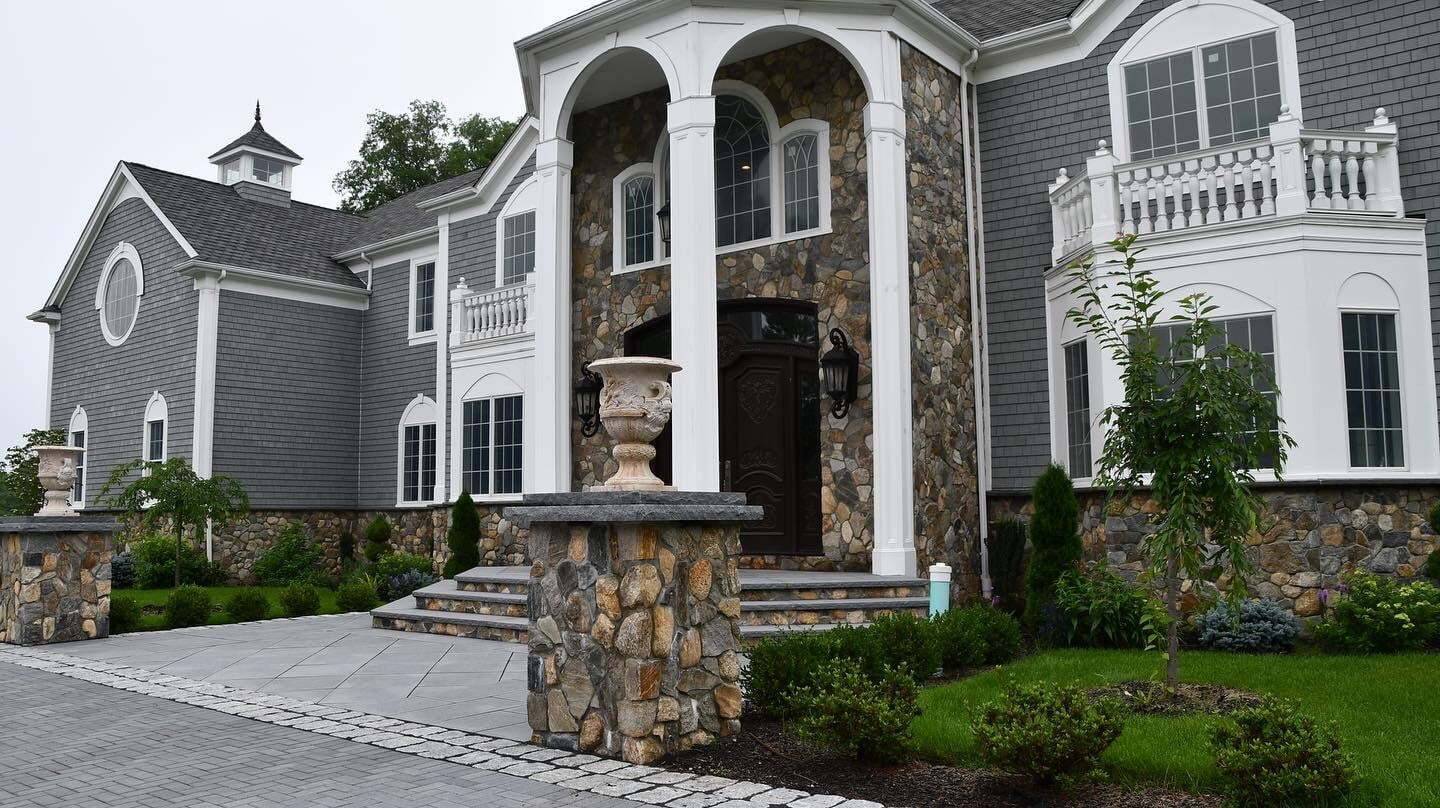It’s a short walk from cookie-cutter conformity to wildly eclectic individualism when it comes to interior design. Ideally, your home should express your personality while being attractive and comfortable for guests. Here are some ideas on how to maintain design consistency in your home.
Identify Your Style
Your home’s interior can be casual, traditional, modern, minimalist, eclectic, artistic, industrial, cottage, farmhouse, or more. The age, shape, and size of your home may suggest a style that’s fitting. For example, a very formal interior would be jarring in a 1950s ranch, while midcentury modern décor might look odd in a 19th-century farmhouse. Yet, it’s entirely possible to blend old and new in any type of home; you simply must identify the style, materials, and color palette that please you and make you feel comfortable in your own home.
Use Similar Materials and a Balanced Color Scheme
Some homeowners prefer carpeted floors, while others wouldn’t consider anything other than hardwood. A consistent type of flooring helps one room flow to another, as does a complementary color palette. Each room can be a different color, though, if those colors flow well from one to another. Remember the 60-30-10 rule when it comes to your color palette: 60 percent of the room should be in the dominant color, 30 percent in the secondary color, and 10 percent in an accent color. This rule can provide the foundation for design consistency in your home and guide you in choosing colors for walls, trim, pillows, and draperies in each room.
Build Décor Around Things You Love
While the pieces can sometimes be more about fond memories than ideal aesthetics, incorporating pieces you love can help develop a cohesive design theme. As you add furniture, artwork, and accent pieces, you’ll find that going with things that please you naturally produces a cohesive feeling in your home, even if your beloved objects are quite different.
Respect Each Room’s Function
While a whole house color palette provides a cohesive look, each room has a different function. Paying attention to how you and your family will use the various rooms in your house can guide some of your design decisions. While the nursery can combine your colors with an adorable theme of its own, the home office, kitchen, and family room must work for the entire household and guests. The office might display college and grad school memorabilia, while the kitchen requires space, functionality. and attractive storage. The living and dining spaces can handle a few keepsakes and knick-knacks if they are well organized and don’t create excess clutter. Let a room’s function be your guide in selecting furnishings, artworks, lighting, and storage that respect your home’s “bones” and history, while still expressing your personality and individual style.

